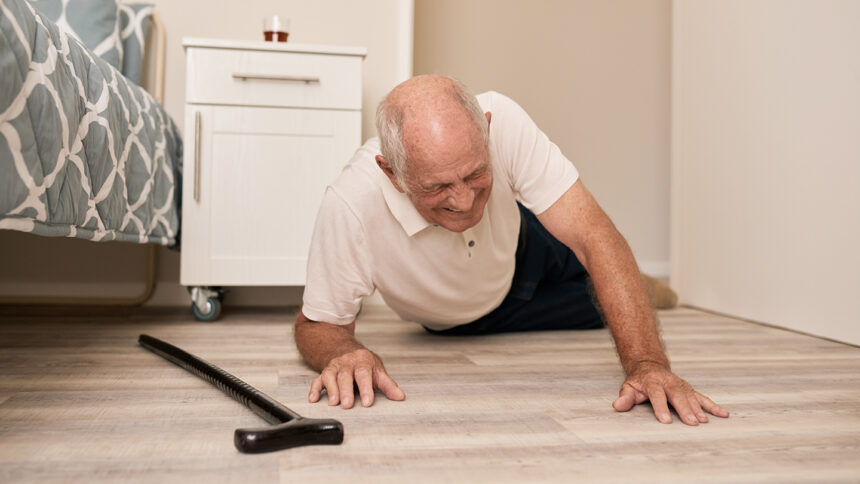
Adults who take opioid medicines have an increased risk for serious falls — and the highest risk is in those over age 85, according to a study published Monday in JAMA Internal Medicine. In fact, people over 85 on the medicines have a six-times higher risk of falling compared to younger adults.
Falls risk should be considered when prescribing opioids, especially within the first four weeks of taking them, the authors said. The risk should also be thought through depending on a person’s fall risk factors that include age.
When researchers set out to find out the risk for falls among different ages of people taking opioids, they learned the risk went up with age. The team looked at medical records of 3.2 million adults in New South Wales, Australia. Of the people studied, 53% were women, and the median age when starting opioids was 49 years old. Researchers tracked the data from Jan. 1, 2005, to Dec. 31, 2018.
During that time, a total of 506,573 serious fall events occurred, including 5,210 falls that were fatal. The risk of serious falls went up in all age groups. The risk for falling was about six times higher between those 18 to 44 years old and those over 85. In all age ranges, the first 28 days was when the falls risk rose (and increased with age).
“These risks should be considered when prescribing opioids, particularly for individuals with preexisting risk factors or when opioids are prescribed at higher doses. Targeted falls prevention efforts may be most effective within the first month following opioid initiation,” the authors wrote.
The authors said the high rates of serious falls among older adults shows the need for further work to prevent falls and associated serious consequences, including mortality, among older adults. Doctors and medical professionals typically review medicines regularly, and try to prevent older adults from taking unneeded drugs or taking those linked to increased fall risk.
That’s one way of trying to help, but many of the drugs are essential for older people. “There is a need to balance individual clinical need against potential risk,” the researchers wrote.



